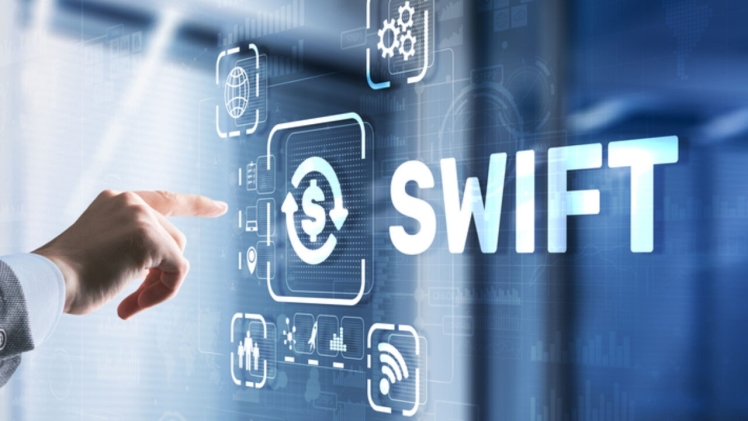You’ll likely need a SWIFT code to receive money from a foreign bank. Many people don’t understand this code or where to find the correct one for their financial institution. You’ve arrived at the right place if you fall into this category. We’ll explain SWIFT codes and how to find the correct one for your bank.
What Is SWIFT Code?
SWIFT stands for Society for Worldwide Interbank Financial Telecommunications. It is the standard messaging system that global banks use to exchange instructions and facilitate transactions. Every bank connected to this system is assigned a unique Bank Identifier Code – BIC or SWIFT code. It is similar to how each smartphone user has a unique phone number.
What Does It Look Like?
A BIC comprises 8 to 11 characters in this format; AAABBCCDDD.
- AAAA identifies the banking institution. It’s usually a shortened version of the bank’s name.
- BB identifies the country in which the institution is located.
- CC identifies the institution’s head office.
- DD signifies a specific banking branch.
Here’s an example; CSCHUS6SWTS.
- CSCH stands for Charles Schwab Corporation.
- US identifies the United States of America.
- 6S identifies the city where Charles Shwab’s head office is located.
- WTS identifies a specific Charles Schwab branch designated for Wire Transfer Services.
How Do I Find My Bank’s BIC?
- Customer service: You can call your bank’s customer service line and ask for the BIC for your specific branch. A customer support representative should be able to give you the correct information.
- Official website: You can check your financial institution’s website for a list of BICs for their branches. Banking websites usually have a designated page to make the information easy to find.
- Third-party websites: You can check third-party SWIFT code finder websites that aggregate BICs for different banks and display them to viewers. These websites organize the BICs in a way that’s easy to search.
- Banking statement: You can request a formal account statement from your banking institution, and you’ll likely find the BIC written at the top or bottom.
- Chequebook: Banks usually print their BICs on customers’ cheque booklets. Check at the top or bottom of the cheque leaves for the code.
How Do SWIFT Transactions Work?
SWIFT is the messaging system that banks use to exchange instructions. If you’re the intended recipient of a foreign transfer, the sender’s banking institution will contact your institution via its BIC, instructing it to deposit money into your account. The sender’s bank then deducts the equivalent amount from their account, completing the transfer.
Without the correct BIC, the sender’s bank won’t be able to contact your bank, meaning the transfer won’t be successful.
What Happens If You Provide An Incorrect BIC?
An incorrect BIC means that the funds transferred by a foreign party won’t land in your account. Instead, it will reverse back to the sender’s account. The sender will get an automatic reversal if the code you provided is invalid. However, if the code is wrong but belongs to another bank, the money will be sent there and get stuck because the receiving account doesn’t exist on their database. In that case, the sender can tell their banking institution to initiate a reversal.
How Long Does A SWIFT Transfer Take?
It takes between 1 and 5 working days for a foreign transfer to settle. SWIFT is not ideal for quick transfers. It is the safest option but is noticeably slow.
Are There Fees For SWIFT Transfers?
Banks usually take 2% to 5% commissions for foreign transfers via the SWIFT network. Some take flat fees of between $10 and $100 (or the local currency equivalent). The good news is that you can confirm the expected fees from your banking institution before initiating a transfer.

